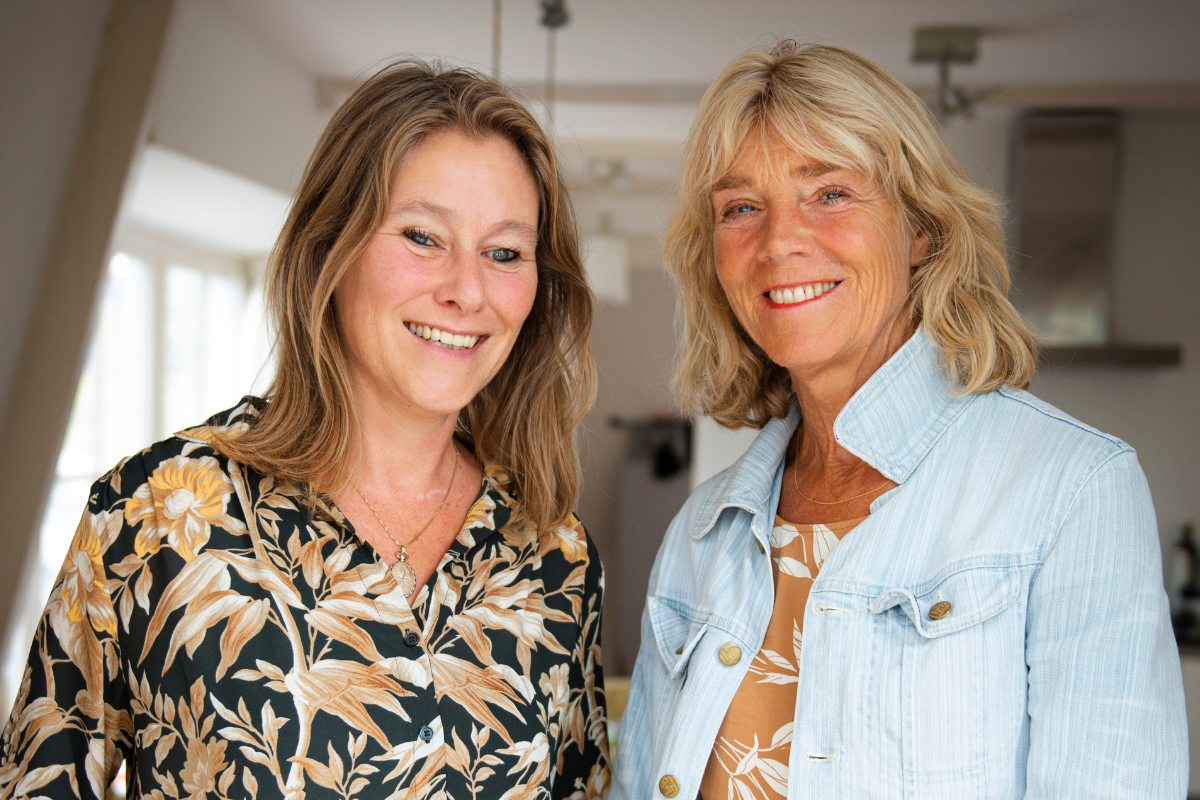this is what you need to know about the uterus
Other than sitting there, women know very little about their wombs. A shame, because the organ has several fascinating functions. Time for a book, thought gynecologist Marlies Bongers and writer Corien van Zweden.
In Biography of the womb All sides of the organ, with the shape and size of a pear, are discussed: from the first menstrual cycle to pregnancy and menopause. Based on historical beliefs, experiences of other womb owners and a biology lesson, Marlies and Corien pay tribute to the womb. They already give a preview.
Contents
What do women know about their uterus?
Marlies: “Very little. If a uterus causes few complaints, women don’t really know anything about it, except that it is there. At the same time, they want to know all about it in my consulting room. During surgery, we often take images of the uterus, and if women want to, they can see those images. Recently, a woman thought it was so special that she couldn’t stop talking about it.”
Corien: “The images also had that effect on me, when I was standing next to Marlies in the consulting room. How beautiful! I’d seen black-and-white images, and that’s fascinating too, but now I saw the uterus and fallopian tubes in color. I also felt a kind of pride: look at how beautifully it is put together. The womb has long been haunted, even for doctors. We are the first generation to view the organ in this way.”
What makes the womb so fascinating?
Marlies: “It is beautifully and artfully put together. What I also find very special is that the uterus continuously adapts.”
Corien: “Just like breasts, which I wrote a book about before, the uterus has different roles in life. People see it as a great organ for reproduction, but there are also unpleasant sides, such as monthly bleeding and menopause. And then the uterus also plays a role in sex, because contracting during an orgasm gives extra pleasure. There are different emotions surrounding it: the womb is extremely revered, but also extremely loathed. We don’t have such strong feelings for legs, arms and knees.”
Also read: Marieke had an ectopic pregnancy: ‘I had to have an emergency operation’
Marlies: “While writing, Corien brought up fascinating stories. For example, they used to think that a womb had two chambers: boys grew in one, and girls in the other. With today’s knowledge, that’s super witty.”
Corien: “What surprised me was that a womb after the menopause, with enough hormonal control, could still do its job. For example, a menopausal mother can donate her uterus for a transplant to a daughter without a uterus. So even if the body is officially out of business, it can resume its tasks.”
Corien van Sweden and Marlies Bongers

What do you want to achieve with this book?
Marlies: “An important aim of this book is recognition and acknowledgment of the womb. My uterus has behaved quite well so far, but some women are very distressed because of it. It’s good to show those stories too.”
Corien: “The taboo surrounding problems surrounding the uterus was also a motivation for writing this book. Women don’t like to talk about menstruation, bleeding and menopause. It’s great that a child comes out of the womb, but we don’t want to know about the less fun sides. That goes back a long way: in ancient times they thought that a hemorrhage was the removal of waste. Men apparently didn’t need that cleaning. Conclusion: it was dirty and dismal. I hope the taboo disappears in the future.”
How do you hope women will look at their wombs in the future?
Corien: “That they understand better how the uterus works, and go to the doctor more quickly if they notice something abnormal. I also hope that everyone with a uterus, as well as partners who have to deal with it, will talk about the organ with pleasure and pride from now on.”
Marlies: “Cherish your womb a little more. And do you come to the conclusion that she gets in the way at certain points? Then call a doctor.”
Biography of the womb by Marlies Bongers and Corien van Zweden is now available.

Image Marlies and Corien: Anke van der Meer



